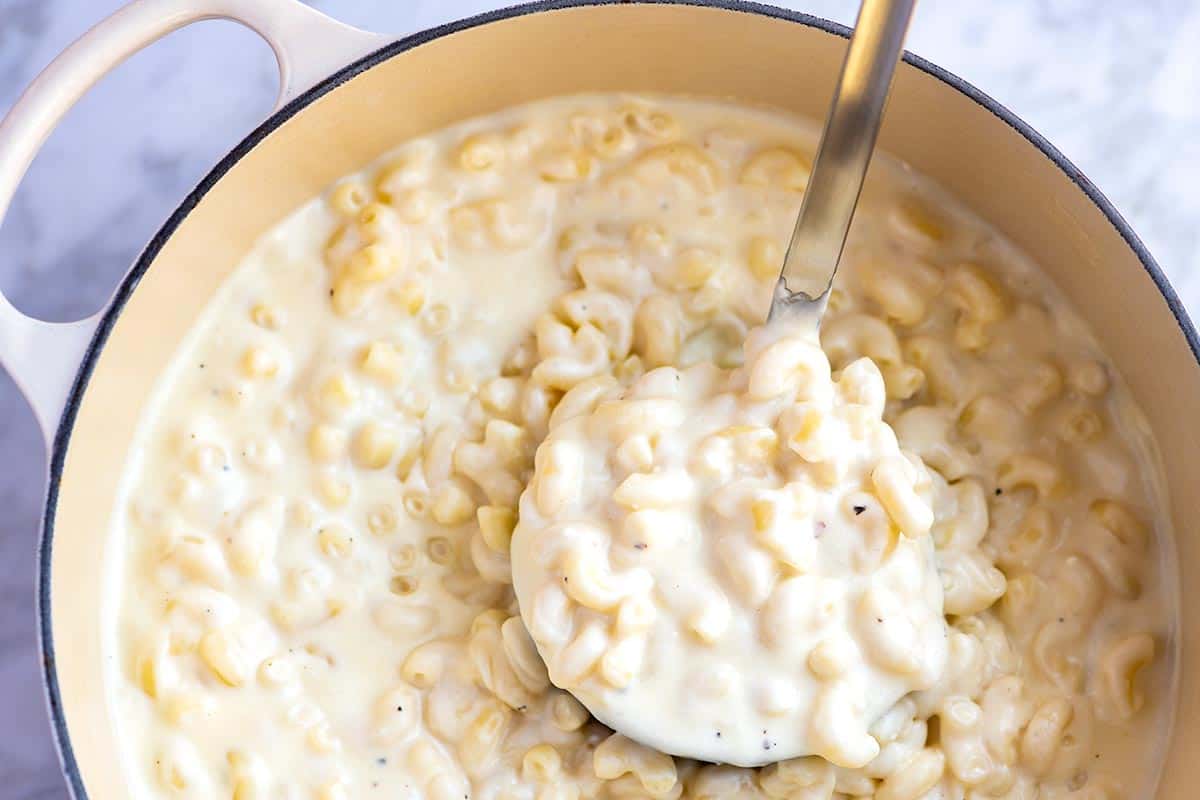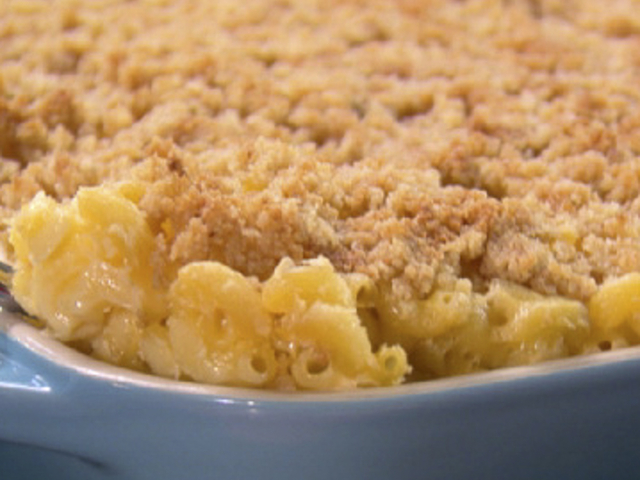

It may seem too crunchy to be right, but please, trust me on this! After draining, be sure to shake the water off super well to avoid too much carryover cooking and bloating of the noodles.
#How to make easy mac and cheese with any cheese full
This recipe calls for a special method of bringing cold water, salt, and pasta up to heat together, and pulling from the heat way before you think you should. I'm not talking al dente levels of toothsomeness here-it's literally half raw when I drain the hot water away, which should not even come up to a full boil. Just make sure to test the noodles by biting into one: there should still be a solid band of white, raw pasta in the middle half of the noodle when you drain. A disclaimer: if you switch out pasta shapes, boiling time will vary. In testing, gemelli was too al dente, but other thicker, flatter cuts like orecchiette would work well. Use a sturdier pasta. I used farfalle in my version, but as long as you stay away from tubular pastas that trap water inside (yes, that includes the classic elbows), you're safe from the soggy, gummy noodles of your nightmares. This is why it’s super important to get all of your ingredients ready and measured out before you start the first step of the recipe, to minimize carryover cooking. Mise it out. As soon as pasta hits the water, residual heat and moisture will continue to cook and bloat the pasta even after draining.

Baked mac and cheese has a bad reputation for being gummy, soggy, and downright inedible.


 0 kommentar(er)
0 kommentar(er)
